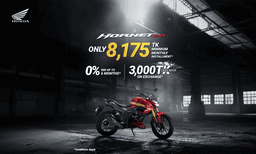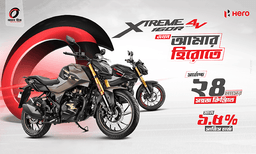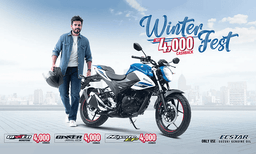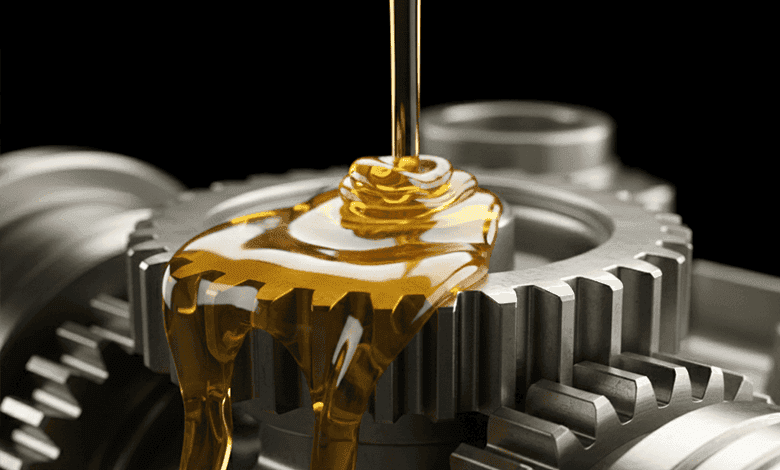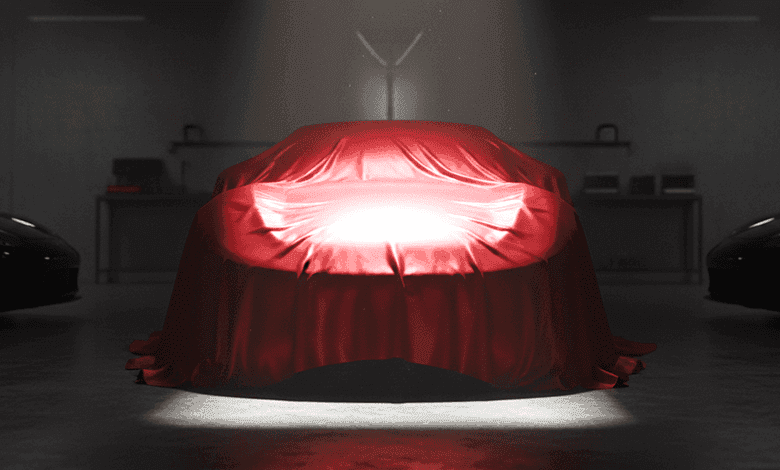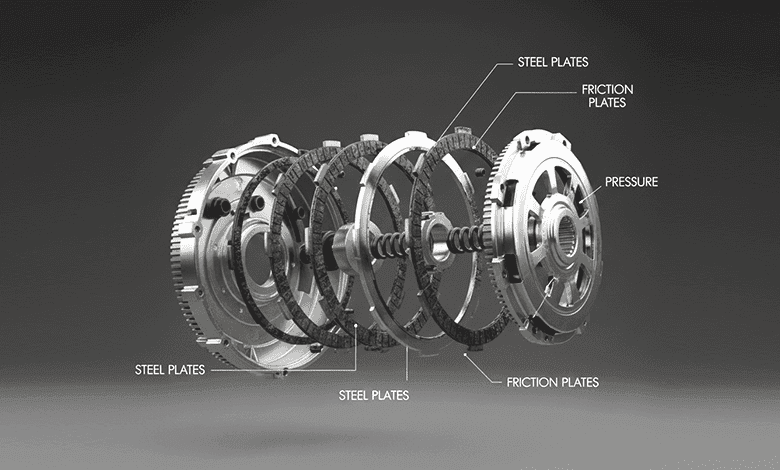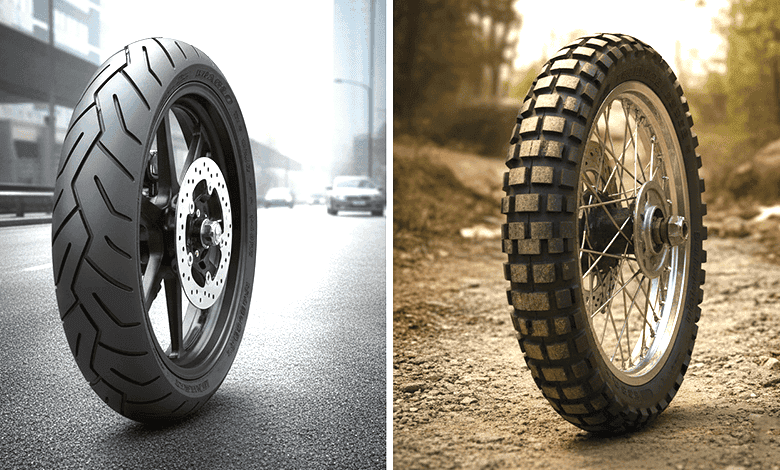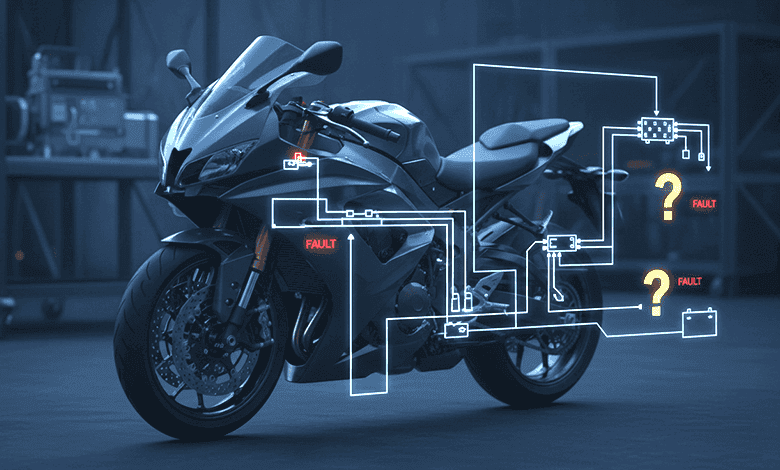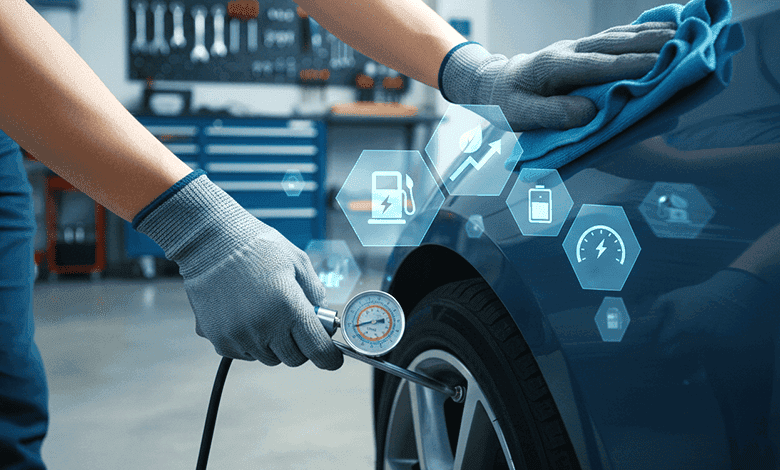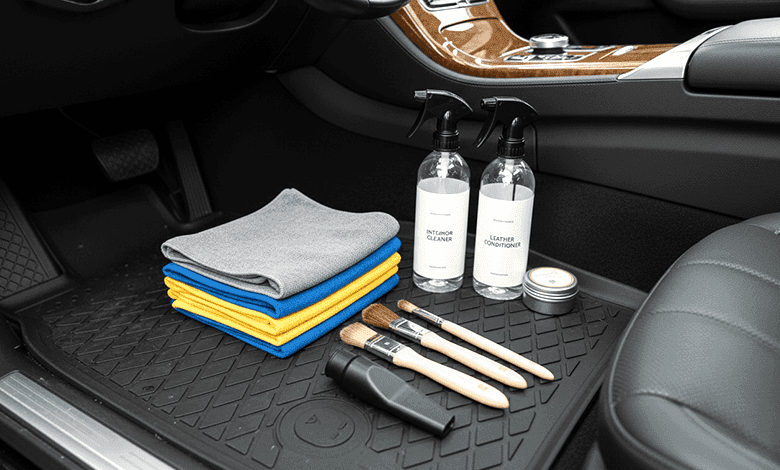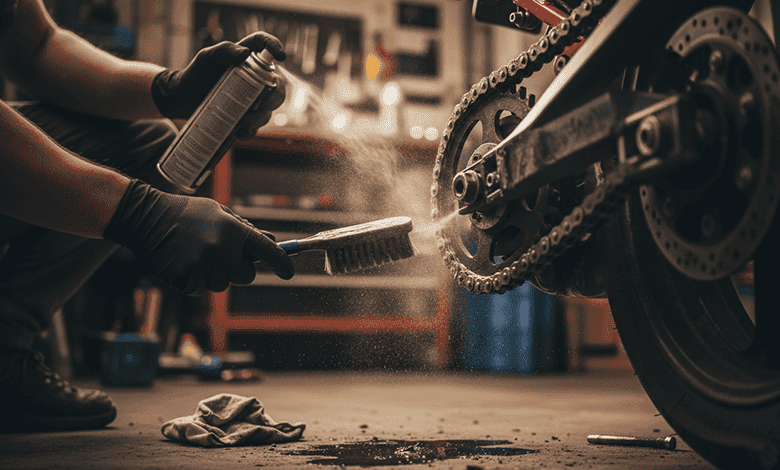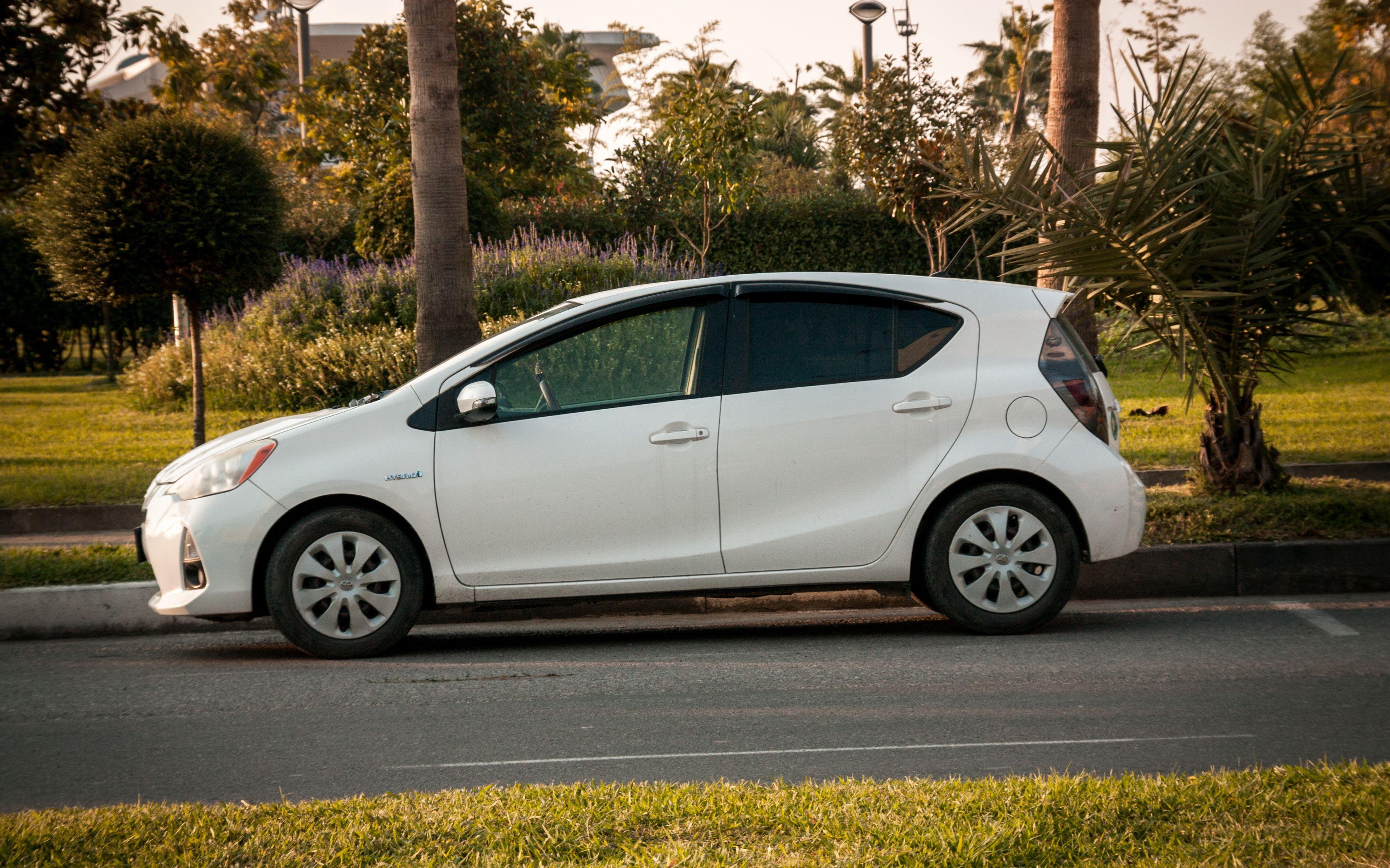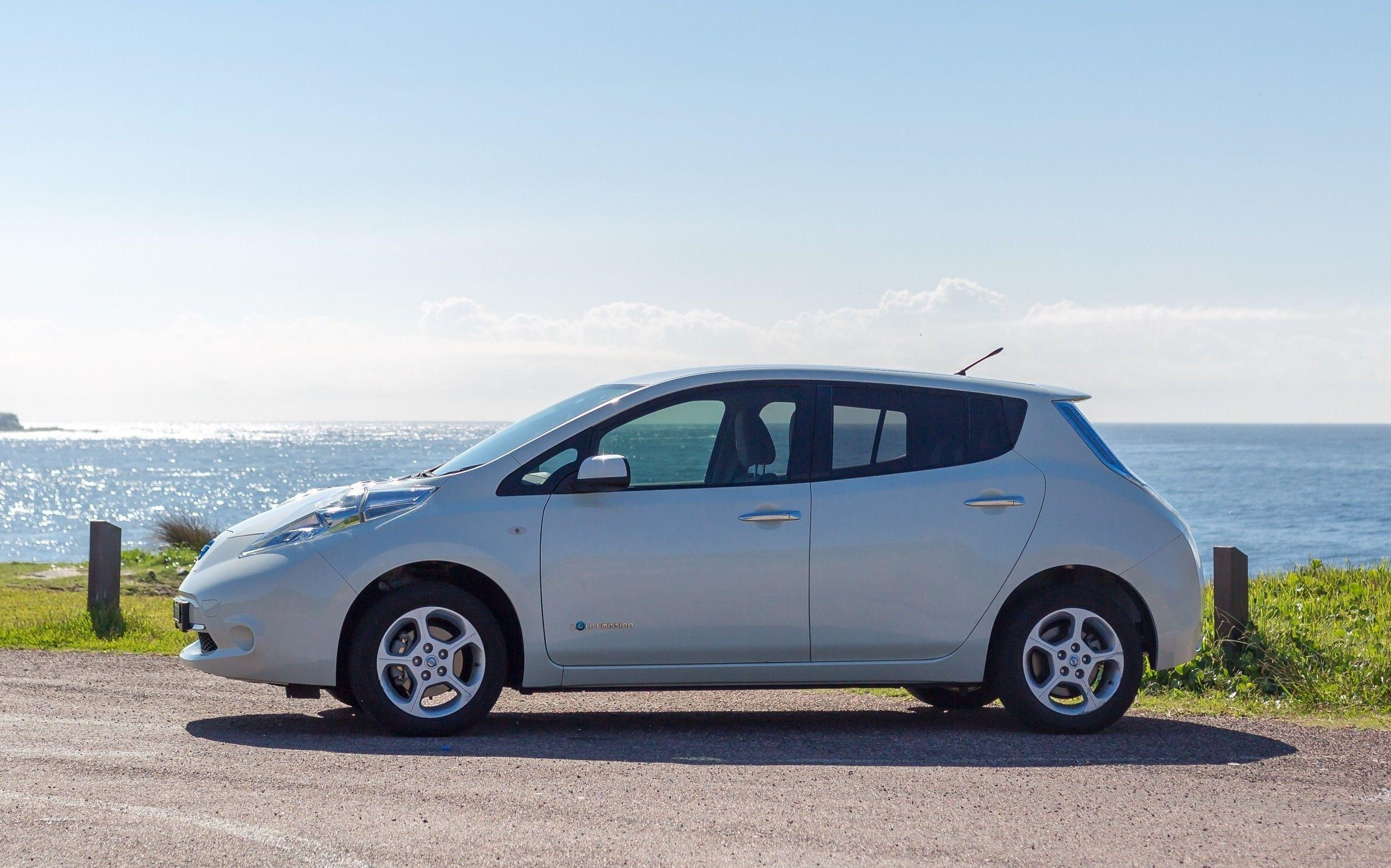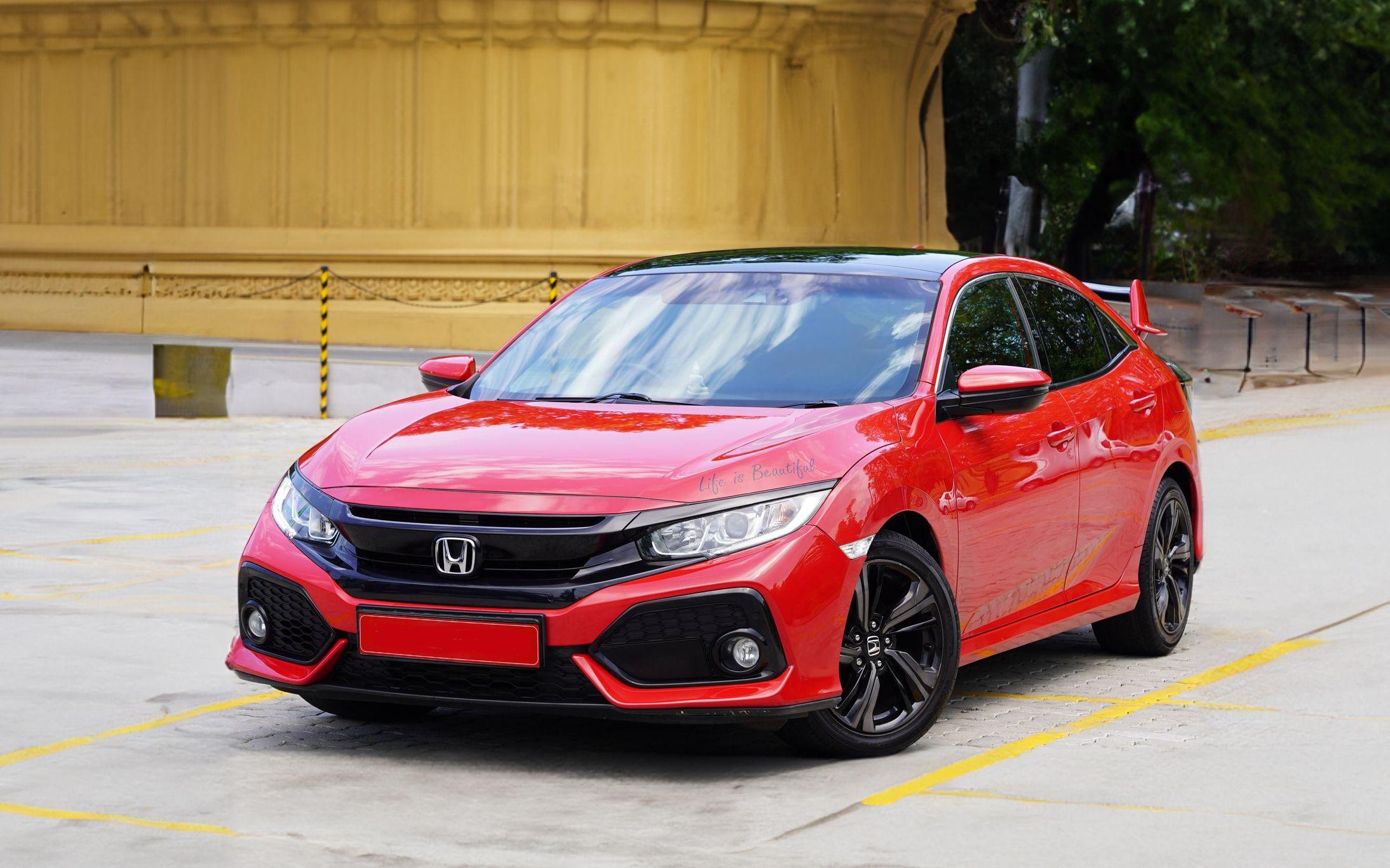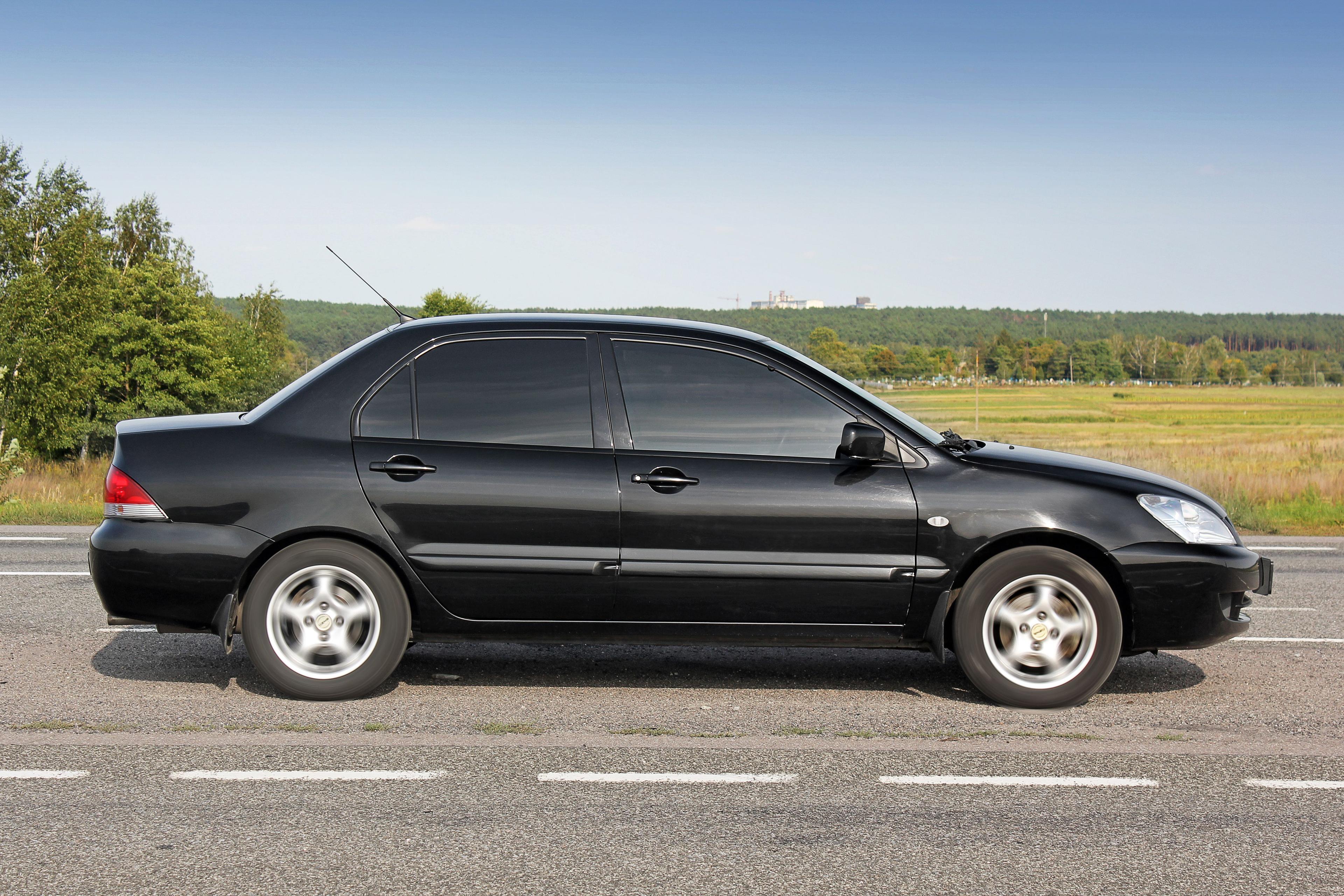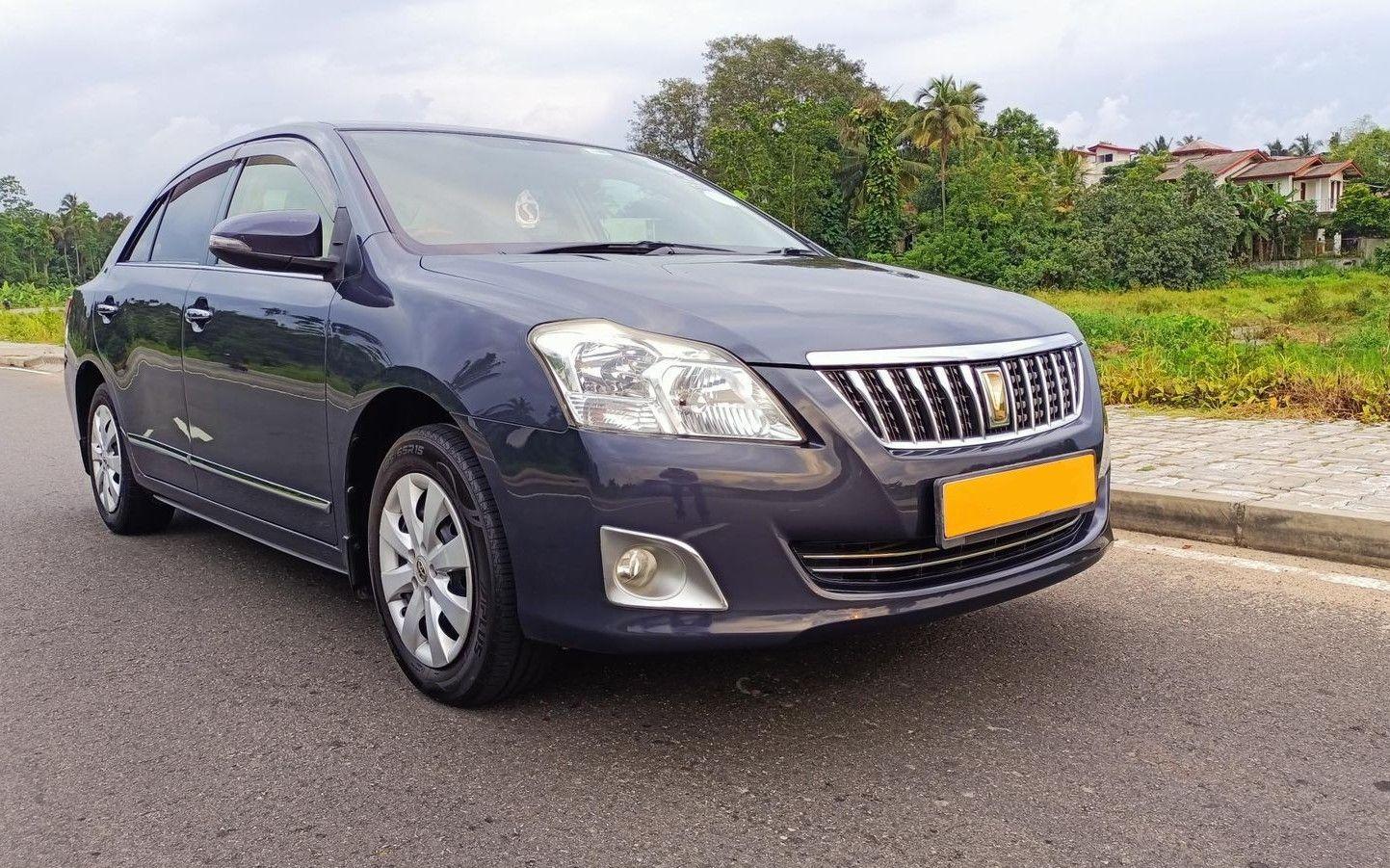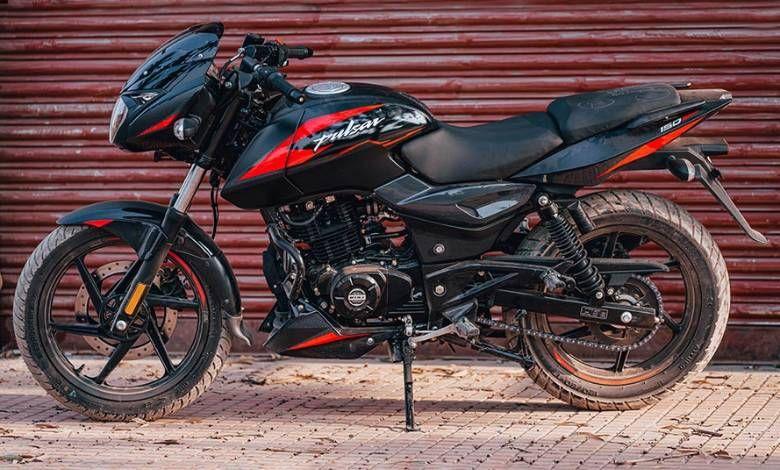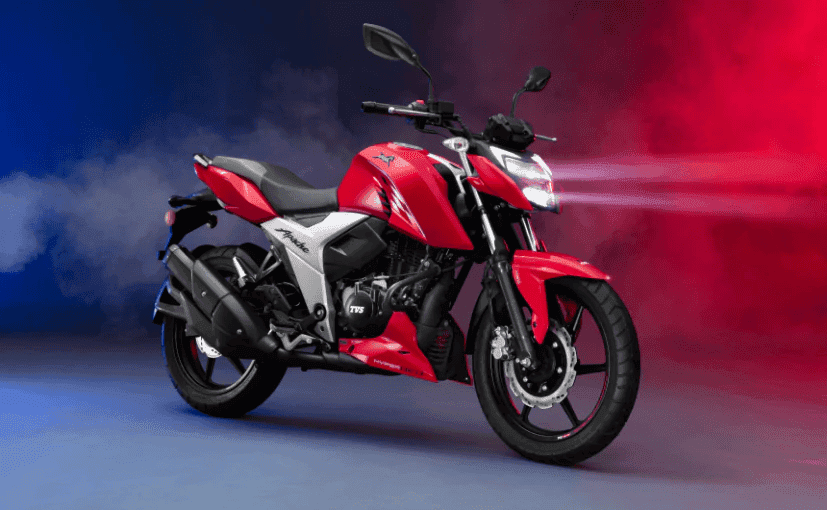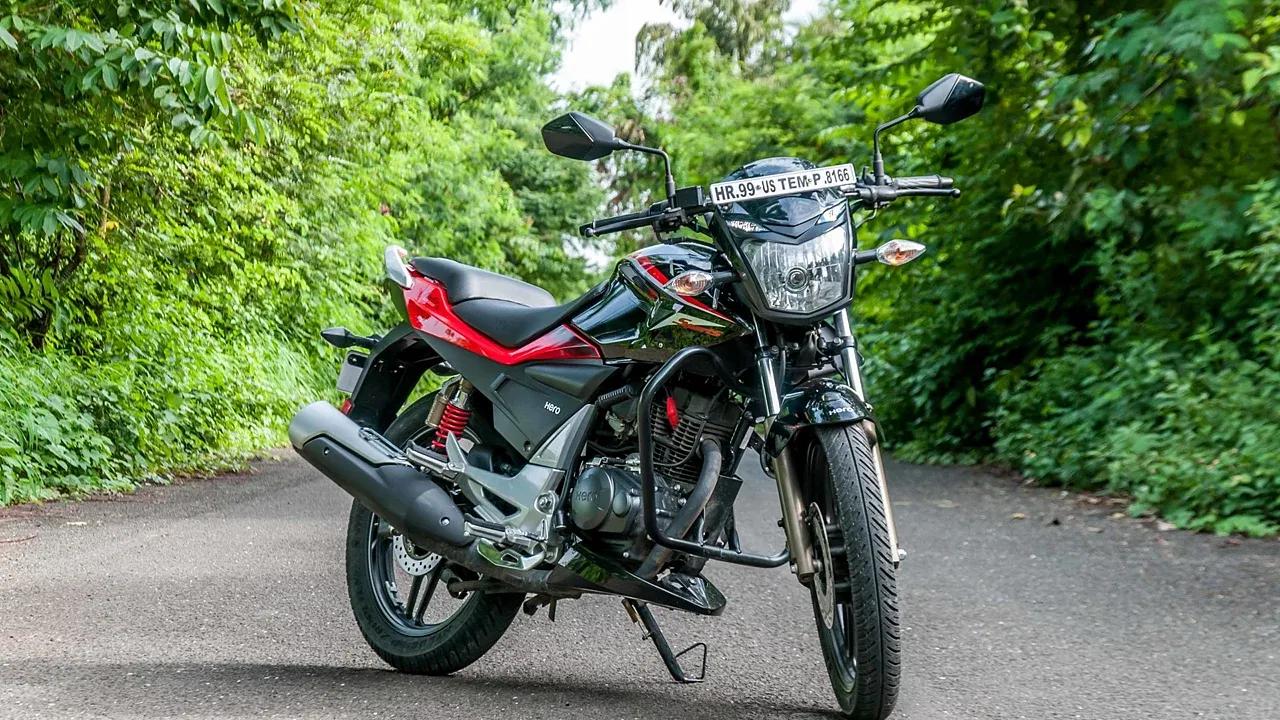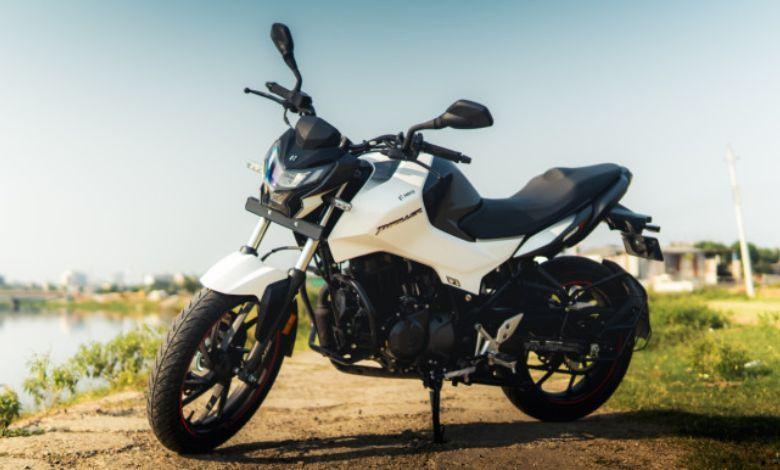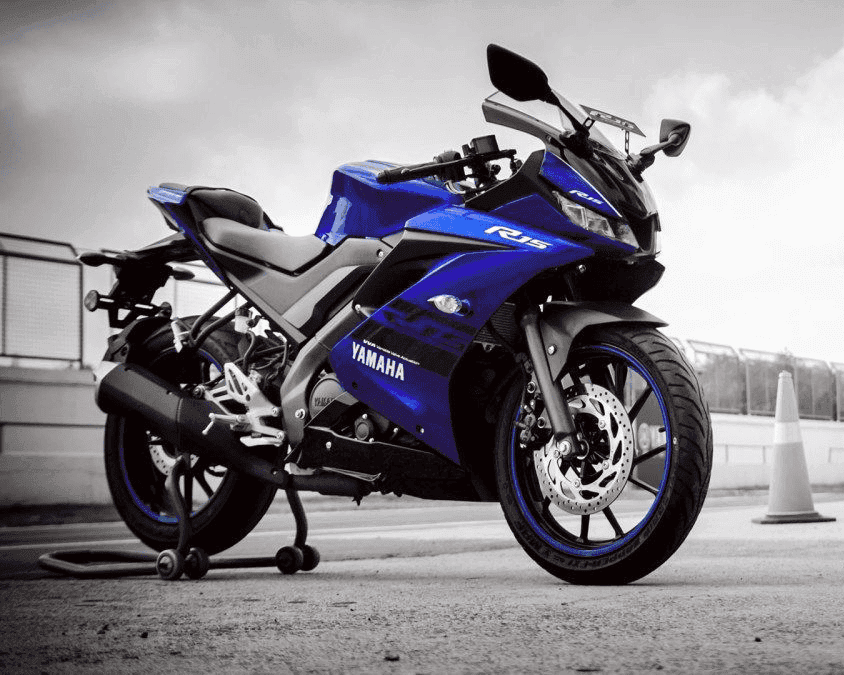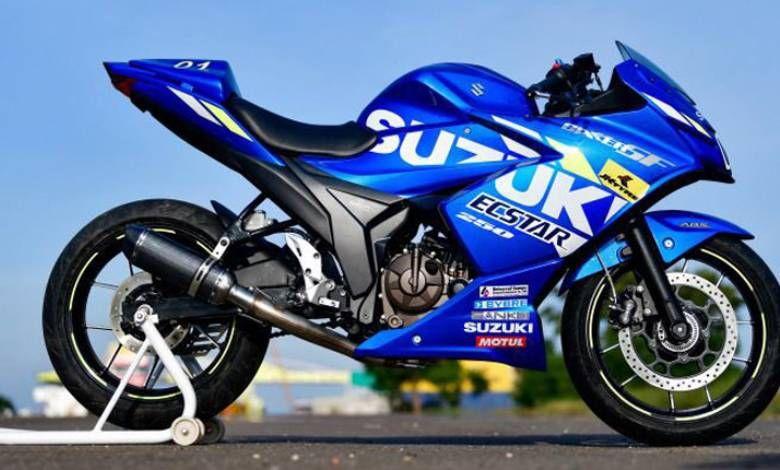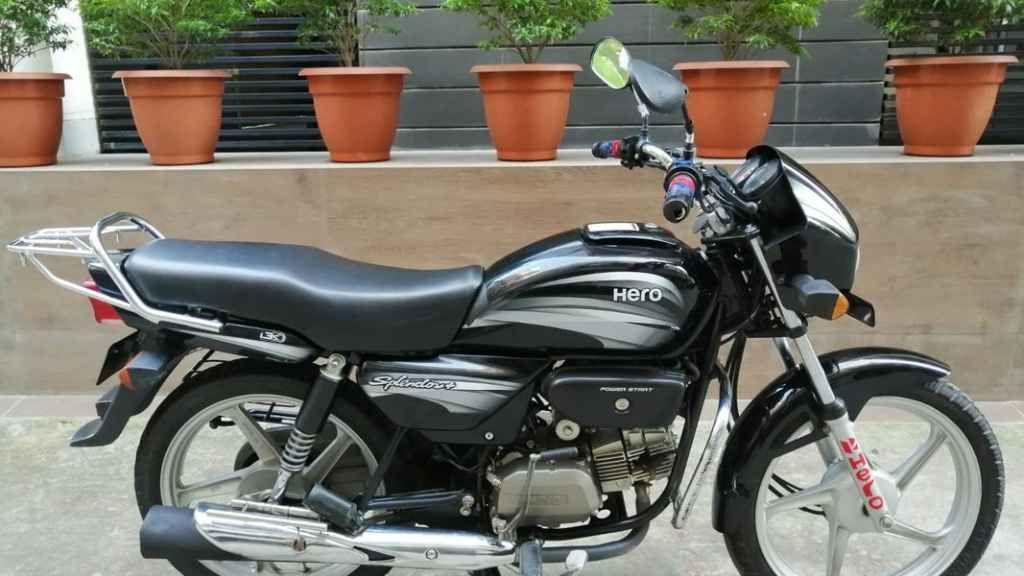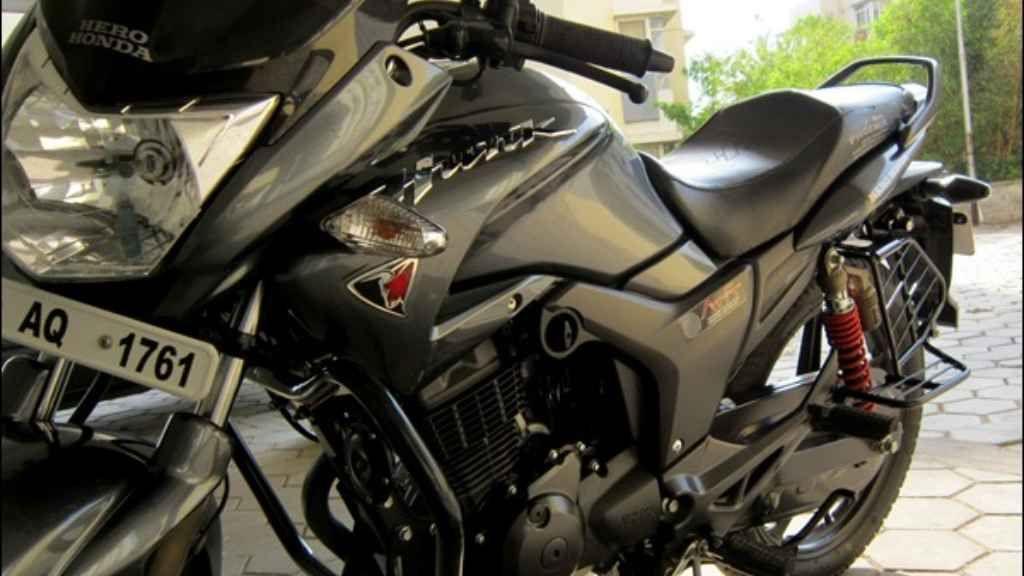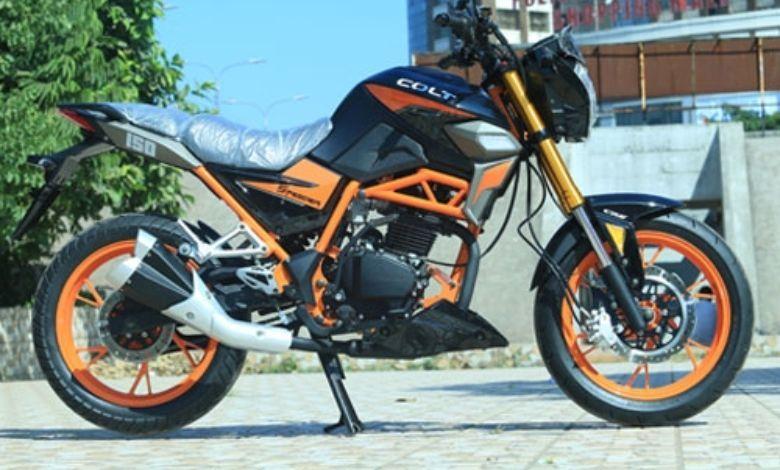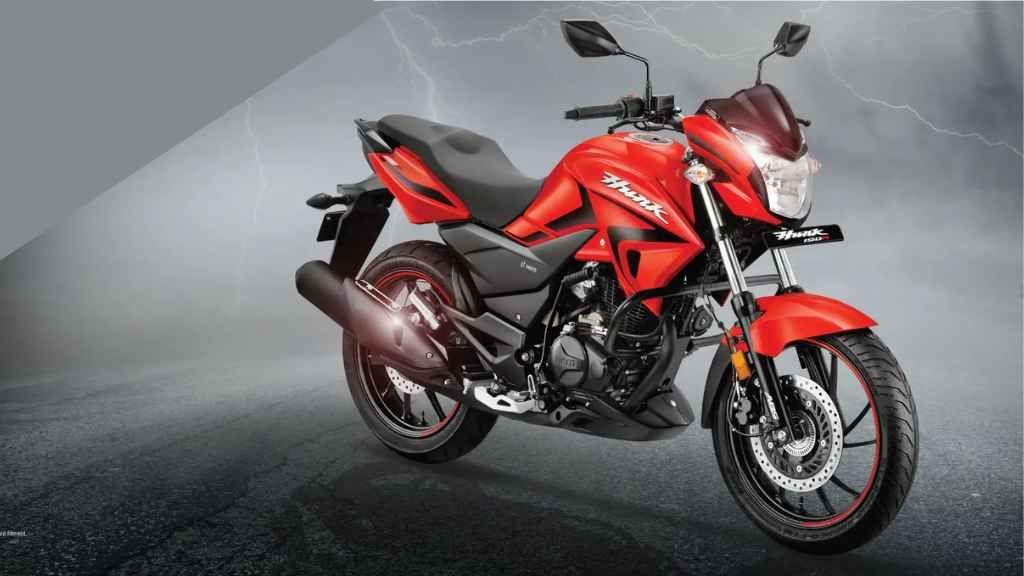Caring for Your Bike’s Fuel Tank
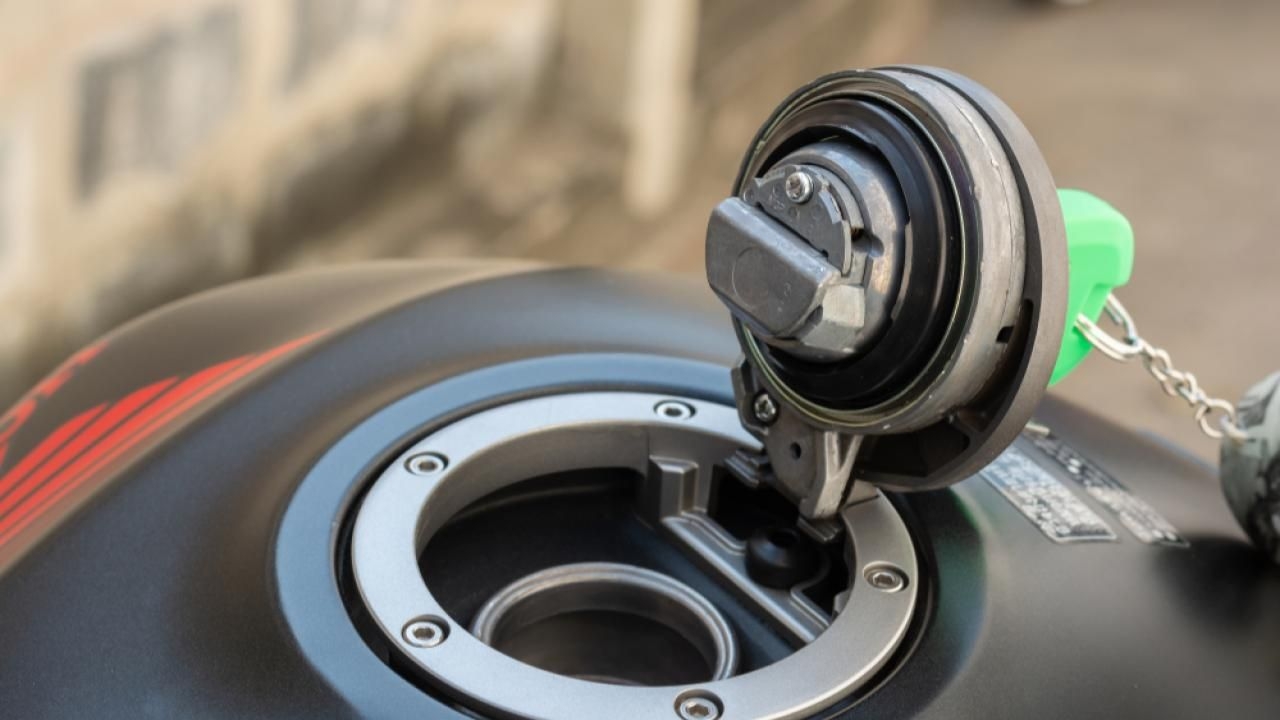
The fuel tank holds the main driving force, fuel, for the bike. It goes without saying, therefore, that the fuel tank is a very essential part of your bike.
Being made of metal, after prolonged use, the inside of the fuel tank can rust for various reasons, or residual dirt and debris can remain inside the tank, reducing the bike's performance. Moreover, not all fuel stations in Bangladesh provide good quality fuel. Fuel often contains a lot of dirt or microparticles that accumulate at the bottom of the fuel tank. Therefore, in our context, taking care of the fuel tank is even more crucial.
Many people forget to take care of the fuel tank while maintaining the bike's chain sprocket, engine, clutch, etc. However, the bike's fuel tank is responsible for holding the main fuel. Therefore, if it is not well-maintained, dirt or microparticles from an unclean fuel tank can enter the carburetor, significantly reducing fuel efficiency and engine performance.
Moreover, driving the bike in the rain can lead to water droplets entering the tank, or water remaining in the tank after washing the bike can also create problems. Due to these reasons, you might have to spend a large sum of money to replace the entire fuel tank. If you want to avoid that, it's best to keep the bike's fuel tank clean and maintained.
Regularly cleaning the bike's fuel tank increases the bike's fuel efficiency, mileage, and even engine performance. Therefore, there is no alternative to checking if the fuel tank is clean at least every 6 months to a year, or after the bike has covered at least 20,000 kilometers.
Good servicing centers can help you with fuel tank maintenance. If you cannot clean the bike's fuel tank yourself, it's better to seek help from a professional service center. However, if you learn the process of cleaning and maintaining the fuel tank yourself, you can easily clean it at home.
There are various ways to clean a fuel tank. Here, we are presenting the simplest method in three easy steps.
Ways to Clean a Fuel Tank
First Step - Removing the Tank
To clean the bike's fuel tank, first, you need to know how to remove it. Since the fuel tank is a significant part of the bike, it's not possible to clean or maintain it properly while it's attached to the bike. Although you can connect a fuel filter with a tube between the petrol knob and the carburetor, which largely cleans the tank's dirt and prevents debris from entering the carburetor. However, removing the tank is essential for thorough cleaning of its interior.
Therefore, depending on your bike type, you need to remove the seat and the fuel pipe beneath the tank. Before removing the fuel pipe, you must turn the adjacent valve to close it. Then, shake out any residual fuel inside the fuel pipe. If there are other connections attached to the tank, carefully detach them and then remove the fuel tank.
Second Step - Cleaning the Tank
Once the fuel tank is removed, carefully remove the metal lock pins at the bottom of the tank. Place a clean, empty container or vessel beneath the fuel tank. Unscrew the on-off connector at the bottom of the fuel tank. This will allow the fuel inside to drain out from the bottom of the fuel tank. Often, various dirt microparticles also come out with it.
It's important to note that the internal fuel sensor is connected to this, so after unlocking the pin, carefully remove the lock pad along with the sensor. If the fuel sensor is damaged, the bike's fuel indicator will not work or will not accurately show the fuel level. Therefore, the fuel sensor must be removed carefully.
Next is the turn to clean the gum or rust adhering to the inside of the fuel tank, which is very important.
The fuel sensor is usually mounted on an O-ring inside the fuel tank, and rust can often form in the area beneath it. So, carefully remove the O-ring and then clean the rust underneath it. Ensure that the O-ring is not cut or broken, and when reattaching it, make sure it is not overly tightened.
Pour good quality petrol or octane into the fuel tank and close the tank opening. Then, shake it well and drain the liquid from the bottom of the tank; most of the tank's debris will be removed. Rust can also form around the bottom opening of the tank; these areas should also be thoroughly washed and wiped clean.
Many people use kerosene or diesel to clean the bike's fuel tank to save costs, but that is absolutely not advisable. Instead, flushing the tank by flowing water and detergent at high speed through a pipe inside the tank can significantly clean it.
In this case, keep the bottom opening of the tank closed and pour water from the top, adding a mild detergent. If water flows at a good speed through the pipe, the inside of the tank will be cleaned even better. Then, close the top opening of the tank and shake it thoroughly. After that, open the bottom opening and shake it well to drain out all the water, which will thoroughly clean the inside of the tank. However, the tank must be thoroughly dried before reuse.
Water is lighter than petrol or octane. So, if water remains in the tank, even if fuel is later added, the water will settle at the bottom, and rust will start forming in the tank. To avoid this possibility, the tank must be thoroughly dried. Using a good quality dryer and letting the tank dry for 10-15 minutes will allow you to confidently reattach it to the bike later.
Third Step - Reattaching the Tank
Once the inside of the tank is thoroughly cleaned, the tank must be put back in its place, and all connections should be reattached as before. The pads, locks, and screws connected to the tank should be put back in their respective positions. If octane or petrol is spilled outside the tank or around the fuel entry point, it should be wiped away with a dry cloth or tissue.
It is worth noting that dust or debris can often enter through the bike's fuel entry point when refueling repeatedly. Therefore, to avoid the risk of frequent refueling, it is hoped that filling the tank completely each time will significantly reduce this problem.
In Conclusion
The bike's fuel tank is a very crucial component. Regularly cleaning and maintaining it will preserve both your bike's performance and fuel efficiency, allowing you to ride confidently for a long time. As one of the largest parts of the bike, damage to the fuel tank is critical for the bike's performance. Therefore, be sure to take care of your bike's fuel tank.
To know all the news related to motorcycle buying and maintenance in the local market, visit Bikroy.com's blog site.

